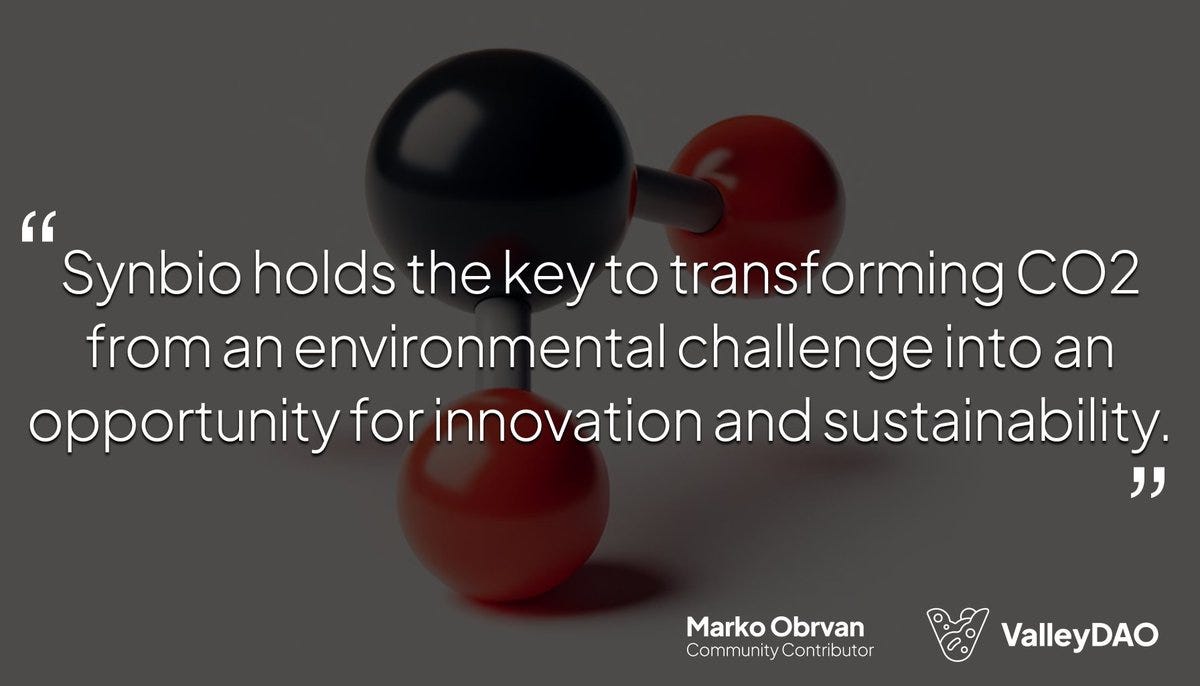Want to learn more about the details of Carbon Capture and Utilisation or the #CarbonArc but don’t know where to start? Our community has built a custom GPT-4 to help!
#CO2 emissions, predominantly from fossil fuel combustion, are a major contributor to the greenhouse effect and climate change. Traditional methods of addressing CO2 emissions have focused on reduction and sequestration strategies. However, these approaches often treat CO2 as a waste product rather than a potential resource.

To refresh your understanding and broaden your perspective on this essential element, let's recap a few areas where carbon plays a pivotal role:
𝗖𝗮𝗿𝗯𝗼𝗻𝗮𝘁𝗲𝘀 𝗮𝗻𝗱 𝗠𝗶𝗻𝗲𝗿𝗮𝗹𝘀: Carbonates, such as limestone and dolomite, are minerals where carbon is found in combination with other elements. These compounds are crucial in geological processes and have applications ranging from construction materials to industrial uses. Additionally, these carbonates are commonly used in current carbon sequestration efforts, with companies specialising in carbon fixation converting atmospheric CO2 into these stable mineral forms. [1]
𝗦𝘆𝗻𝘁𝗵𝗲𝘁𝗶𝗰 𝗮𝗻𝗱 𝗜𝗻𝗱𝘂𝘀𝘁𝗿𝗶𝗮𝗹 𝗠𝗮𝘁𝗲𝗿𝗶𝗮𝗹𝘀: Carbon finds application in a wide array of synthetic materials, including plastics, fibres, and rubber. Furthermore, it is essential in the production of steel and concrete, showcasing its versatility and importance in modern industry and infrastructure.
𝗟𝗶𝗳𝗲: Carbon is a key component of all known life forms - organic chemistry literally refers to everything to do with carbon, and how essential it is to living things. It forms the backbone of organic molecules ranging from simple sugars to complex DNA and RNA structures, as well as membranes and cell walls enwrapping all cells, making up about 20% of biomass. However, carbon dioxide, as pervasive as it is, is a very stable molecule, which makes it difficult and energy intensive to break apart and reassemble into other useful substances. This is probably why it doesn't enter public discourse that much - the substantial energy costs just make this approach generally inviable with current methods.
𝙏𝙝𝙚 ‘𝙊𝙗𝙫𝙞𝙤𝙪𝙨’ 𝘼𝙣𝙨𝙬𝙚𝙧
All advanced life on Earth is intricately centred around a single, fundamental process that utilises carbon dioxide for life’s own benefit: photosynthesis. Photosynthesis is perhaps overlooked as a concept by the general populace, but its ubiquity should not fool them nor you - photosynthesis is unique in its ability to cycle CO2, turning it into a molecule that all life needs to survive - glucose.
While we’re constantly discovering more organisms besides algae and plants that can perform photosynthesis, we’ve also been uncovering a variety of other organisms that upcycle CO2 into other biologically useful products. [2]
For carbon recycling, these should be huge news.
What can we do to leverage this knowledge? Well, besides planting more trees and cultivating algae to convert CO2 into general biomass, people could make use of these biological processes to reutilise them for bio-manufacturing of other goods and materials.
At the heart of this solution is the field of synthetic biology, which combines principles from #biology, #engineering, and even aspects of computer science to redesign organisms for useful purposes. By engineering organisms, scientists are developing bio-based processes that utilise CO2 as a feedstock. These processes are not only environmentally friendly but are also becoming economically viable, providing a compelling alternative to traditional petrochemical processes.
People and organisations are starting to look into ways to re-engineer or re-utilise CO2-metabolising organisms to do things that most not even thought possible, but never even imagined.
A few noteworthy pioneers in CO2 utilisation:
LanzaTech: 𝗧𝗿𝗮𝗻𝘀𝗳𝗼𝗿𝗺𝗶𝗻𝗴 𝗘𝗺𝗶𝘀𝘀𝗶𝗼𝗻𝘀 𝗶𝗻𝘁𝗼 𝗢𝗽𝗽𝗼𝗿𝘁𝘂𝗻𝗶𝘁𝘆
LanzaTech captures industrial CO2 emissions and turns them into ethanol, a valuable chemical for products ranging from sustainable fuels to textile products. Their fermentation process not only reduces greenhouse gases but also repurposes them as renewable resources.
AirProtein: 𝗡𝘂𝘁𝗿𝗶𝘁𝗶𝗼𝘂𝘀 𝗙𝗼𝗼𝗱 𝗳𝗿𝗼𝗺 𝗧𝗵𝗶𝗻 𝗔𝗶𝗿
AirProtein is revolutionising food production by using microorganisms to convert CO2 into a special type of protein. Employing culinary experts, they mix this protein with a few different ingredients to invent a combination of vitamins, minerals, and nutrients, with all 20 amino acids, including the 9 essential amino acids and 2x the amino acids of soybeans.
Their technology creates nutritious, sustainable food with minimal environmental impact, offering a solution to global food security challenges without the traditional agricultural footprint and use of enormous amounts of landmass.

Saipem: 𝗔𝗱𝘃𝗮𝗻𝗰𝗶𝗻𝗴 𝗖𝗢𝟮 𝗶𝗻𝘁𝗼 𝗚𝗿𝗲𝗲𝗻 𝗘𝗻𝗲𝗿𝗴𝘆
Saipem is doing pioneering work into the conversion of CO2 into synthetic fuels and chemicals, primarily using technologies like methanation and methanol synthesis. Like LanzaTech and AirProtein, their efforts are centred on reducing carbon emissions and promoting a shift towards renewable energy, but doing so by manufacturing large chemicals.
𝑻𝒉𝒆 𝑰𝒎𝒑𝒂𝒄𝒕 𝒐𝒏 𝑰𝒏𝒅𝒖𝒔𝒕𝒓𝒚 𝒂𝒏𝒅 𝑺𝒐𝒄𝒊𝒆𝒕𝒚
The implications of converting CO2 into a valuable resource will be profound.
For industries, it would represent a shift towards circular carbon economies, where CO2 emissions are captured and reused, significantly reducing the carbon footprint of manufacturing processes. For society, it would offer hope for a sustainable future, where economic growth does not come at the expense of the planet. Furthermore, the development of CO2-based products could stimulate new markets and job opportunities, contributing to economic resilience and sustainability. From construction materials derived from CO2 to biofuels that power our vehicles, the potential applications are vast and varied.
𝑻𝒉𝒆 𝑹𝒐𝒂𝒅 𝑨𝒉𝒆𝒂𝒅
While the prospects are promising, several challenges remain. Scaling these technologies from the lab to industrial levels requires significant investment, both in terms of capital and research. Moreover, regulatory frameworks and market incentives must evolve to support the adoption of these innovative technologies.
In navigating this uncharted territory, trailblazing companies like AirProtein, LanzaTech, and Saipem serve as indispensable guides, demonstrating the feasibility of transformative solutions and inspiring others to follow suit. Their endeavours not only showcase the boundless potential of synthetic biology but also provide insight into overcoming the hurdles that lie ahead. By leading through example and sharing their expertise, these visionary enterprises pave the way for a broader transition towards a sustainable, carbon-neutral future.
As we venture into this exciting frontier, it's clear that synthetic biology holds the key to transforming CO2 from an environmental challenge into an opportunity for innovation and sustainability. By reimagining carbon dioxide as a resource, we can pave the way for a greener, more prosperous future.


.png)









